Collection of Rare Foreign Books
Vyatka Region in Eyes of Foreigners
Rarities of Herzen Library: Autograph of John Dee, Agent 007 of Queen Elisabeth I

Collection of rare foreign books published in the
Among the books, kept in a collection «Books from the first year of library’s existence» the oldest one is «The Bible», published in Lyons in 1521.


Biblia cum concordantijs Veterís & Novi Testamenti et sacrorum canonicum… — [Lugduni: per Jacobum Sacon. Exp. Antonij Koberger,1521 24 Julij]
The collection of rare books numbers 59 books published in the XVI c. (see the photos).

Appianus Alexandrinus (70–26 BC)
Punica, sive Carthaginiensis… Item, De bellis civilibus libri

Beda Venerabilis (673–735)
Opera. T. 1–8. — Basileae: per Ioannem Hervagium, 1563.
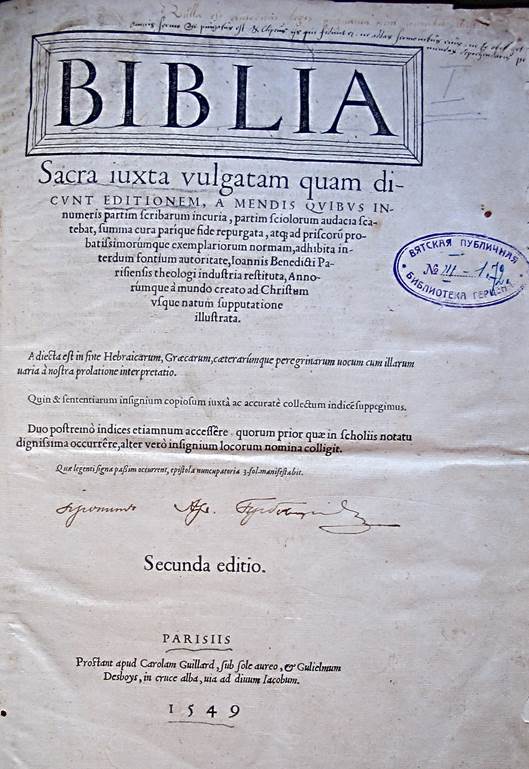
Biblia Sacra… Ioannis Benedicti… in fine Hebraicarum,Græcarum… interpretatio…2 ed.- Parisiis: apud Carolam Guillard & Guilielmum Desboys, 1549.

Biblia: Der fűnfte Teil der Bűcher des Ehrnwirdigen… Martini Lutheri… — Wittemberg: Gedruckt durch Hans Lufft, 1552.

Biblia:VeterisetNoviTestamenti, secundumVulgatamversione…à D. Luca Osiandro perpurgata: & ad
The first translation of the Bible into Polish made by Jakub Wujek (Cracow, 1599) was presented to the library by the former mine engineer


Biblia… ToIestKsięgiStaregoYNowеgoTestamentu, Według Łacińskiegoprzekłádustárègo…ná Polskiięzyk … PrzezD. JakubaWujeka…zWagrowca.-Krakowi: WDrukárniLázárzowéy, 1599.

Brenz, Johann (1498–1570)
In Evangelii quod inscribitur secundun Lucam… — Francofurti: ex officina Petri Brubachii, 1543.
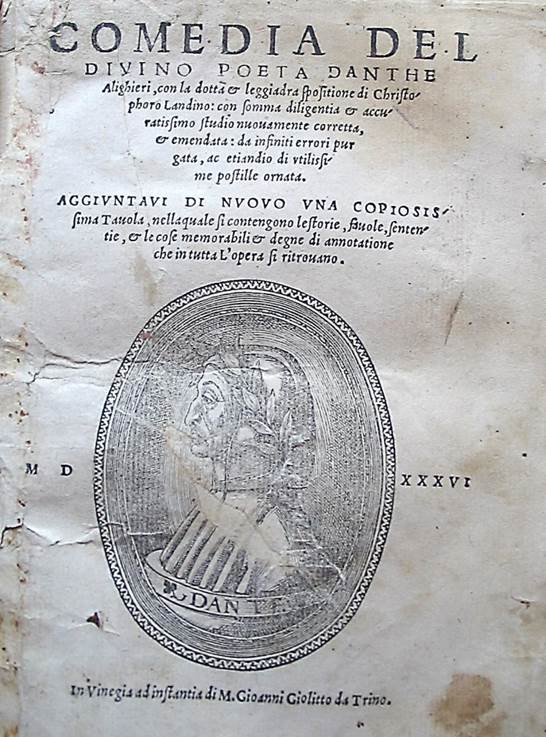
Dante Alighieri (1265–1321)
Comedia del Divino poetha Danthe…, con la dotta & leggiadra spositione di Christophoro Landino… In Vinegia [Venezia]: Gioanni Giolitto da Trino, 1536.
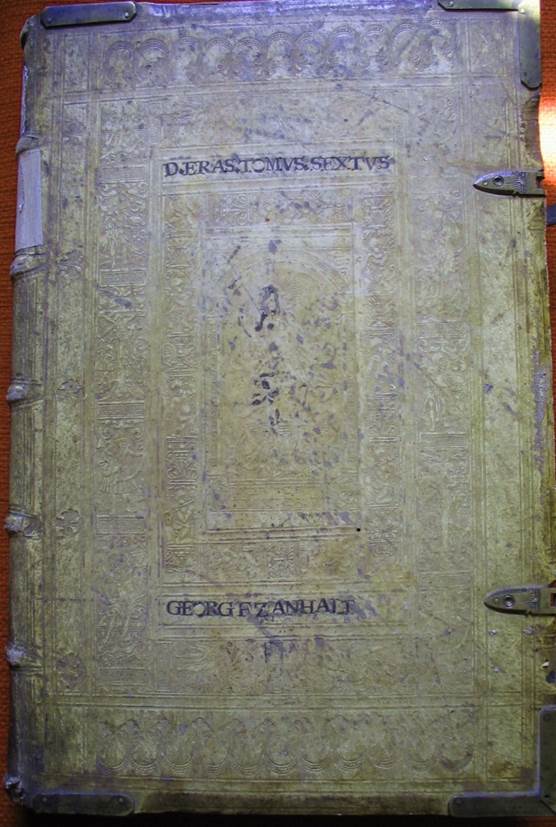
Erasmus Desiderius Roterodamus (1466/1469 — 1536)
Opera Omnia.- T.6. [Biblia]…. — Basileae: per Hieronimum Frobenium, 1541.

Estienne, Robert (1503–1556)
Dictionarium seu Latinæ linguæ Thesaurus. — Parisiis: Ex officina Roberti Stephani, 1531.
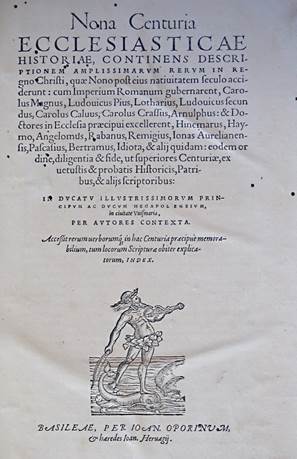

Flacius Illyricus, Matthias (1520–1575)
Warhafftige und bestendige meinung und zeugnis…- Iena: durch Thomam Rebart, 1561.

Das der freye Wille… Antwort… an Erasmum Roterodamum… — Regenspurg: durch Heinrichen Geissler, 1559.
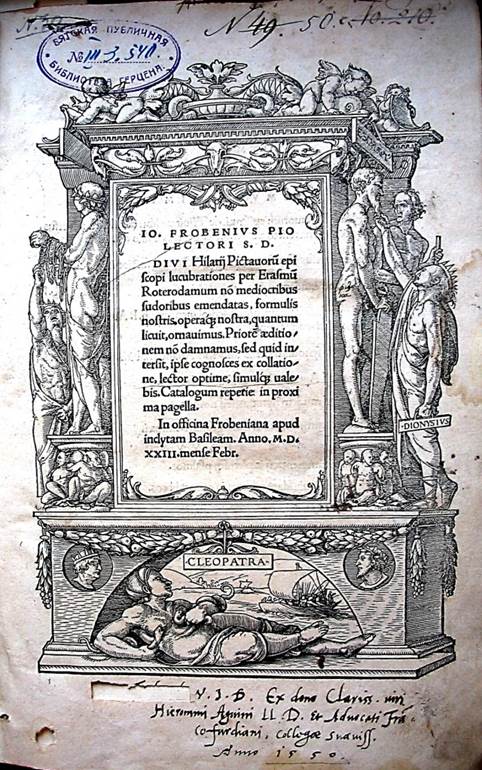
Hilarius Pictaviensis (320–368)
Io. Frobenius…per Erasmum Roterodamum… Оpera. T.1–2.-Basileae: In officina Frobeniana, 1523.

Lauterbach, Johann (1531–1593)
Epigrammata de rebus gestis… — Francofurti: Apud Joannem Wechelum, 1592.
Luther, Martin (1483–1546)

Origenes Adamantis (185–254)
In Evangelium Ioannis Explanationum… t. XXXII. — [Venetijs: apud Andream, & Jacobum Spinellos,1551.

Plinius Secundus, Caius (23–79)
Historiæ mundi libri XXXVII…. — Basliae: Froben, 1549.

Striykowski (Strykowski), Maciej (1547–1582)
KronikiLitewskiey …. KronikaPolska, Litewska, ZmodzkaywszystkiejRusiKijowskiey, Moskiewskiey, Siewierskiej, Wołynskiey, … przezwszystkistárożytnewieki, azdodzisieyszegoRoku 1582… — Krolewiec: Drukowano …vGerzegoOstenbergerá, 1582.
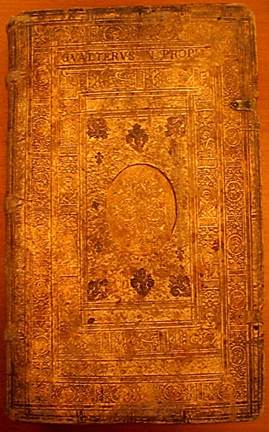
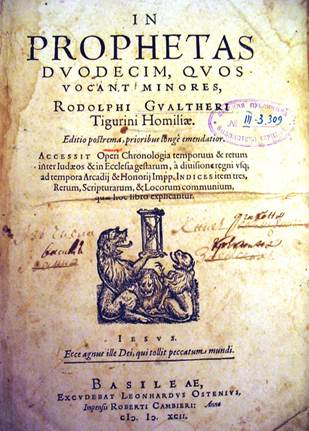
Walther, Rudolph (1519–1586)
In prophetas duodecim, quos vocant minores, …Homiliæ …- Basileae, Excudebat Leonardus Ostenius, 1592.
Many items of west european collection are absent even in the Library of Congress, the British Museum Library, Paris National Library and other greatest world book depositories. This collection (3500 items) number books published in Germany and Holland, France and Poland, Italy and England, Austria and Belgium. Exlibrises' holding of this collection dates back to the XVI century. The earliest one belongs to an English trader from Exeter. A visitor can see an exlibris of sar Nicolai II, members of the tsarist family, representatives of the noble families: the Vorontsovs, the Sheremetevs etc. It’s worth to mention books, belonging to Polish gentlemen: Zaluski, Sapieha, Krasinski.
Polish prince Sapieha’s (1680–1751) exlibris (Biblia. Lyon, 1521).
Undoubtedly this stock is a striking illustration of century — old connections of Vyatka province with other countries.
Vyatka Region in Eyes of Foreigners
Between lots of books, which are shown at the regional scientific Herzen library’s museum room of
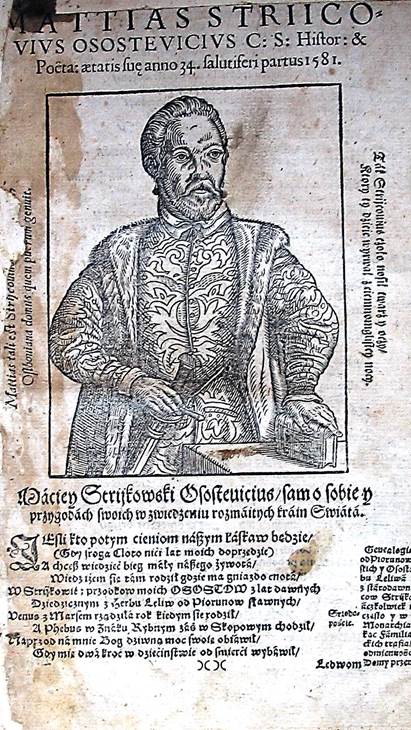

An importance of this event is shown by owner’s note: «This chronicle was bought with my own money by the Kiev’s voevode and deputy, the Smolensky Prince Dmitriy Mikchailovich Golistyn at October 1708».
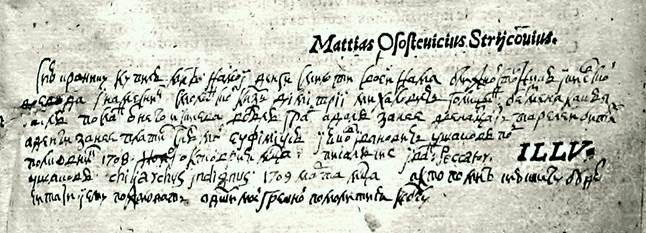
The Prince Golitsyn (1665–1737), which was mentioned at this note, was the famous public figure of the Peter’s age. He studied at Kiev’s Spiritual Academy and abroad. Peter I himself asked him to translate some books into Russian. There were about six thousands volumes at his library at Arkhangelskoe village, which is situated near Moscow. Here is a mention about our city in the book «Modern Geography» by abbot Lacriox (1704–1760): «Khlynov, or Glinov, the city at the Vyatka River, that gives a name to this region. Ancient inhabitants of this region were called „votyaki“. It sells honey, wax and butter». One can suppose that it is the only time when foreigners tried to explain this name by the
Outstanding Sweden physician and naturalist Johann Peter Falk (1727–1773), which was taken to Saint Petersburg’s botanical garden with Carl Linnet’s recommendation at 1768, took part in Eastern Russia’s expedition. He collected material about natural history and ethnography for six years. These valuable scientific materials were published in German at Saint Petersburg in 1785. Spacious notes with numerous comments about Vyatka region one can find at this book’s pages.
Between the XIX century’s books we want to note Recluse’s Paris edition «New Universal Geography. The Land and the People». There the date of city’s founding is shown, historians do not take that, but with this date Vyatka looks like Moscow’s coeval: «Vyatka, that is given its name to the province, is one of the most ancient cities at the Kama River’s bank, which are mentioned in annals. It was founded in 1181 at banks of Vyatka and Khlynovitsa River’s by the Novgorod’s colonists, and its houses, that were built for defense, form uninterrupted façade at the defensive bank. At the first sight name Khlynov means „two rivers“ or „flooding water“, but the Tatars called it Nugrad or „Novgorod people’s city“. It was a republic for 3 centuries. If talking about industry and trade, it was connected with neighboring east city Slobodskoy, which had distilling and tanning production, From there fur was send to Nizhniy Novgorod’s fair and Arkhangelsk».
As we see, even this small part of sources allows us to see region al the long retrospective in eyes of foreigners.
Rarities of Herzen Library: Autograph of John Dee, Agent 007 of Queen Elisabeth I
A lot of excellent book rarities, serving as proof of
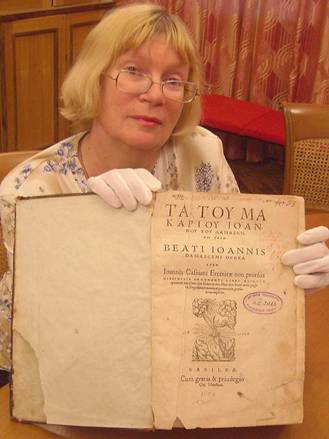
It should be emphasized that John Dee was a secret agent of the Crown. He signed his reports to Elisabeth I as 007, so it seems that the creator of the James Bond’s image, Ian Fleming, have used this code not by chance.
Dee was and is a mysterious person who attracts the attention of researchers. His personality is so significant that there was a scientific conference dedicated to the 400th anniversary of John Dee’s death which gathered scientists all over the world.
Many years ago, when I was making the first guide to the Department of Literature in Foreign Languages, I suggested that there is a volume of St. John of Damascus' Complete Works (Basel, 1559) with the autograph of the Queen Elisabeth’s personal astrologer, John Dee. Inscription Joannes Dee: 1568: January: 9 had interesting calligraphy; moreover, ink quality also suggests that this autograph was made many centuries ago.

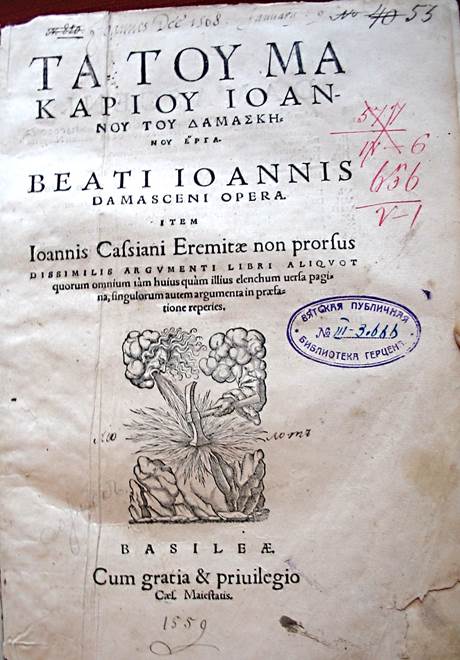
Therefore, I could not resist from pointing to this in notes to Foreign Book of XVI Century in the Funds of Kirov Regional Scientific Library of Herzen directory (Kirov, 2007). Many thanks to colleagues from New York Society Library, who uploaded a copy of the front page of Paracelsus' Hydrotherapy (Mulhouse, 1562) which was in Dee’s possession earlier!


Comparing this photo with the autographed copy of the Damascus' Compete Works, which is stored in our library, you can make sure that handwriting is identical. This applies especially to notate bene.

The fate of John Dee had been mostly determined by thirst for knowledge. The only son in the family of Roland Dee, catholic and merchant fabrics, who also had a minor post at Court, he was already studying at Chelmsford and London at the age of 8, and in November of 1542, when he was fifteen, he enrolled at St John’s College, Oxford. There, he studied Latin, Greek, philosophy, geometry, arithmetic and astronomy. According to biographers, Dee studied 18 hours a day, leaving himself just 4 hours to sleep and 2 hours to eat. At first his main passion was mathematics. Dee believed that the number is the basis and measure of all things in the universe, and that the God’s creation of the world was «an act of calculation." In the Renaissance mathematics seemed different than now. In those days it included not only arithmetic and geometry, but also astronomy. More than that, before Galileo’s and Newton’s innovative works had been generally accepted, the study of astronomy implied astronomical work. Dee was also fond of mechanics and was interested in cartography and navigation. In 1548, he received a master’s degree of humanities and began working at the University of Louvain, Belgium, where he lectured in mathematics. For two years, when he was only in his twenties, thanks to his famous thesis on Euclid, Dee became a
In 1553, King Edward VI died, and England was divided between Catholics and Protestants. Mary I Tudor, the next heir to the throne, was a Catholic. Perhaps, being afraid of this fact, a group of Protestant nobles decided to enthrone young lady Jane Grey. Nine days later, after uncovering a plot, Mary overthrew Lady Jane, and then ordered to arrest and execute all nobles who supported Jane. There was also Dee’s patron among them, the Duke of Northumberland. Dee himself had been arrested for treason and «invocation of the devil», because he made horoscope for Mary earlier, foretelling her childlessness, death and her stepsister Elisabeth’s exaltation to the throne.
Death of Mary I and accession to the throne of Elizabeth I in 1558 were the big moment for Dee. Back in those days the date of coronation had great importance, and the fact that the Queen has appointed it in line with a horoscope drawn by John Dee means her good attitude to the scientist. However, some people claim that Her Majesty’s intelligence chief, Lord Burghley, kept the Head of his own country «in cotton wool», advising her to use John Dee’s services. Anyway, the stars, apparently, really came together properly, and her reign is now called the Golden Age of England.

David Scott (1806–1849) Queen Elizabeth viewing the performance of «The Merry Wives of Windsor' in the Globe Theatre» (see John Dee in the left corner)
Back in 1556, during the reign of Mary I Tudor, Dee presented the proposal to establish the Royal Library, which was supposed to collect the most important books on all branches of knowledge. However, for an obvious reason, he did not find understanding. A few years later, in 1561, he set about compiling superlibrary by himself. He took six rooms in his house at Mortlake (near Richmond) for his library. One of them kept scientific instruments. There were also rooms for accommodation of those who wanted to see the library. His library, which already at his life became the largest library in England, attracted many scholars of that time and has turned into a kind of research center outside universities. According to various reports, there were about 4,000 books in the library. At the time entire Oxford University Library consisted of 400 books. It is known that Dee managed to get many rare and

Dee was also familiar with a lot of printed books, which he never wrote down in the catalogue of his library. For example, in 1562, Dee obtained a rare
Obviously, this book contains a system of angelic magic, ghost’s invocation spells and techniques, which allow magicians telepathically know what is happening in different parts of the world. Of course, Dee was interested in using supernatural powers to find out what is happening in other parts of the world, perhaps to affect these processes. In addition, there is a certain similarity between Trithemius' system and Dee’s system of angelic magic. You can find this extremely rare edition of Abbot Trithemius' work (1606) in the collections of our library (see Issue #15 of Herzenka).

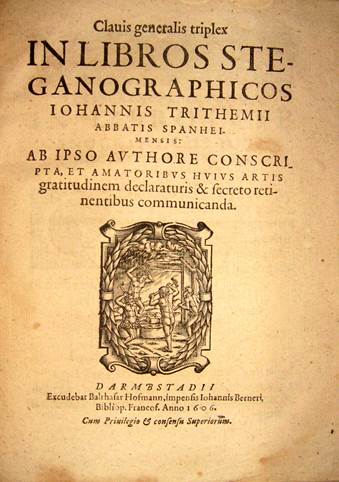
It may be difficult to believe that Dee, being a very educated person, became so interested in the world of spirits. But Dee just believed that magic is a way of obtaining the Knowledge — the idea that angels can give such one that he cannot find on earth had an irresistible fascination for Dee. It should be noted that in the St. John of Damascus' book, which is stored in our library, notate bene are made near texts and phrases about angels. It seems that in the clerics' writings, he sought and found confirmation of his thoughts about the angelic information transfer.
From his contemporaries' point of view, Dee has been linked with dark forces and was in contact not only with the angels, but also with the devil. Magic is still widely associated with the obscurantism of the Middle Ages, but in the collections of the regional library, you can find a lot of religious scholars' publications, which made in
Searching for extracting secret information led Doctor Dee to almost the main hobby of his lifetime — the study of «magical» properties of crystals and «crystalmancy», the art of predictions with them. It is said that Dee, among other magical crystals, had the beryl ring which could cause vision not only for Dee but also for the audience. The most significant John Dee’s «magic crystal» was a mirror made of polished obsidian (volcanic glass) which the Spaniards brought from faraway Mexico. Apparently, it was a real relic that the Aztecs and John Dee used for one purpose — for divination. The proof of this version is the interesting fact that the name of the
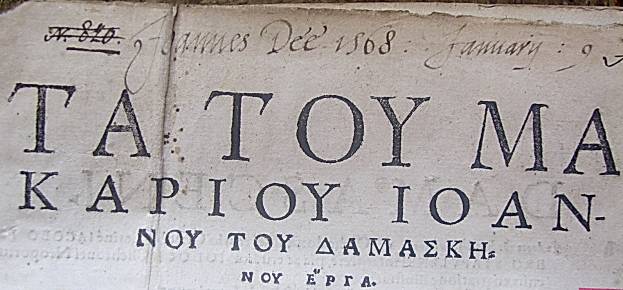
Between XVI and XVII centuries, the glory of this erudite Englishman spread throughout Europe. It even came to Russia, and Russian tsar invited him as a scientific advisor, promising a luxurious salary, big house and post which would have made the scientist, as stated in a tsar’s letter, «one of the most important people in Russia." Modern scholars consider that the tsar was trying to
John Dee died in 1609 in absolute poverty, and his house and unique library were destroyed and burned. There is a legend that John Dee hid his notes in the cedar chest with a false bottom and they have passed from hand to hand for a long time, totally undiscovered. Only a
St. John of Damascus' book, described in the article, earlier belonged to the Library of Vyatka Theological Seminary, and we are left wondering who brought it to Vyatka and when. Was it bought by wise
There is no information about John Dee’s books on web sites of Russian libraries, so we can think that we are the only owners of his autograph in the country.
Shakespeare: Who is Who?
(Reflections on the Book «Bacon is Shakespeare» by Duhring-Lawrence and the Book «The History of Denmark and Sweden’s War in a Trustworthy Interpretation» by Ens)
The discussions about Shakespeare’s personality — was he a great
Here we have the significant book by Sir Edwin


First, we should say that this book’s appearance at Herzen Library’s funds is caused by the ACTION that was held in Great Britain to support Russian people in years of the Great Patriotic War. There is the bookplate with English crown here and the inscription, which says, «Presented by The British Council. London», and a seal of The Borough of Dagenham: «Dear Friend, This book comes to you with every good wish from the people of Dagenham. May it help you to spend happily some of your hours off duty. GOOD LUCK. From The Borough of Dagenham».
When one reads an introduction to this book, it is clear that the great genius, as everyone consider Shakespeare, in fact should be well informed of law, travel a lot, know a court etiquette, speak different languages and do many other things. So it is not surprising that the only person in Elizabeth’s I age, which author considers a genius, is Francis Bacon, and
By the way, there is a chapter dedicated to a determination of Shakespeare’s personality in book «The Mystery of William Shakespeare» by John Webb.
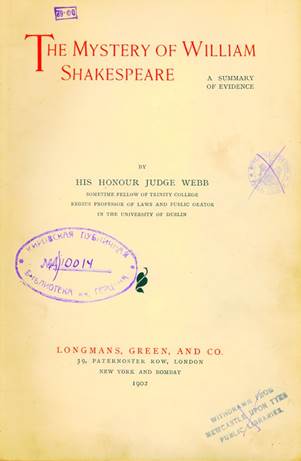
There are seals and labels of Public Libraries
Starting from 1924, when the book «Shakespeare — Rutland’s mask. Three-
But here is an interesting fact: Guildenstern’s and Rosencrantz’s names, according to the book that is kept in Herzen Library’s
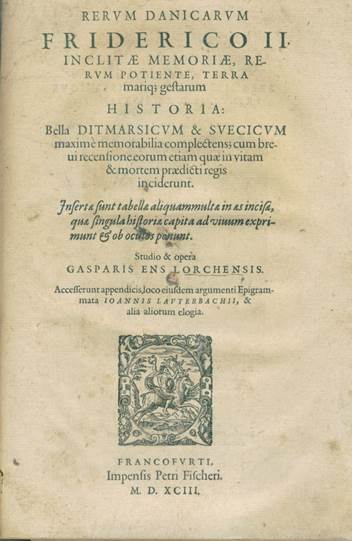
It is telling about Seven Years' North War between Denmark and Sweden (1563–1570) for domination at Baltic — as it is called «War of the Three Crowns» for the right to use Sweden’s national emblem (three crowns) at Denmark’s coat of arms. This war was ended with «Freden i Stellin» at 1570. It is notable that the book by Ens exists in the only one copy, so it is exclusive. Comparative analysis of personalities and geographical names, existed in book’s text with Shakespeare’s «Hamlet» show very interesting analogies. Here is comparative series of Shakespeare’s characters and names from this book:
Bernando — Bartodum,
Claudius — Cordibius,
Francisco — Franciscus,
Guildenstern — Guldenstern Petrus,
Laertis — Laurenti,
Ophelia — Oifeliae/Oefelia,
Polonius — Poloniae,
Reynaldo — Reymarus,
Rosencrantz — Rozencrantz Georgium,
Voltemand — Woldemar/Valterthumbius,
Elsinore — Helsenborch/Elsholm/Helsenor.
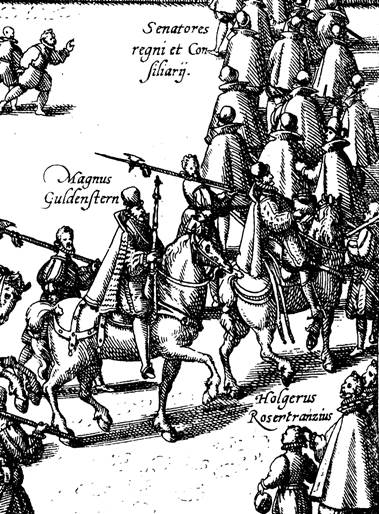

As we suppose, this number of combinations means that Shakespeare used this book’s by Ens text while writing his tragedy (the book was published in 1593, and «Hamlet» — in 1600). Stunning engravings with Elsinore’s views, courtier’s processions (including processions with important court persons — Guildenstern and Rosencrantz) — all these things show book’s scenes. According to this, Kastrinskin’s opinion that Henry Hundson could be real Shakespeare (he was Elizabeth’s I favorite, a fearless warrior, very knowledgeable person and owner of a solid library) sounds rather convincing. We wanted to find mentions about him in collection of
By the way, Charles Knight is a famous English publisher and

Nevertheless, his mane as a name of an author of Shakespeare’s biography and compositions' publisher is not mentioned in modern English directories. Magnificent book with a great number of Harvey’s romantic illustrations and portraits of Shakespeare’s contemporaries includes not only the information about lord Hundson, bit his portrait too.
At Shakespeare’s conference (London, June, 2004) R. Williams supposed that Shakespeare — Mary Cindy Herbert, Countess of Pembroke (1561–1621) (Newseek, 2004, N26.-p.58) — the Swan of Avon.
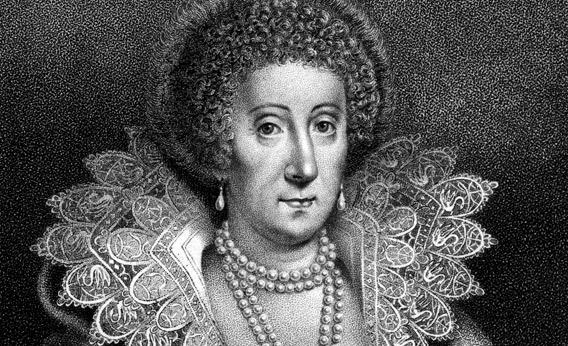
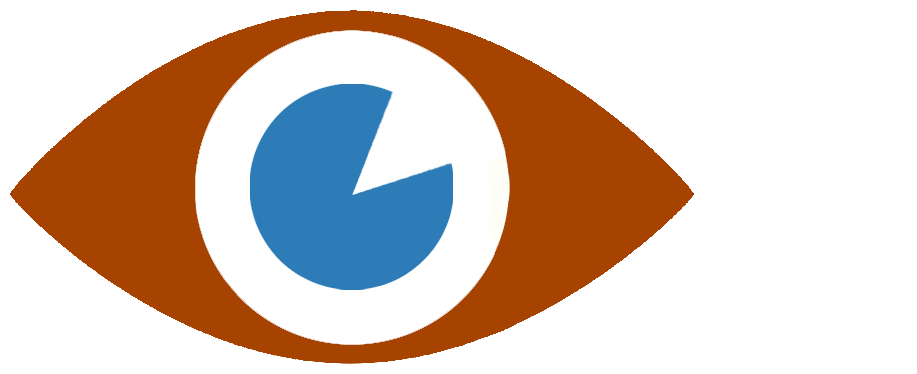 Версия для слабовидящих
Версия для слабовидящих